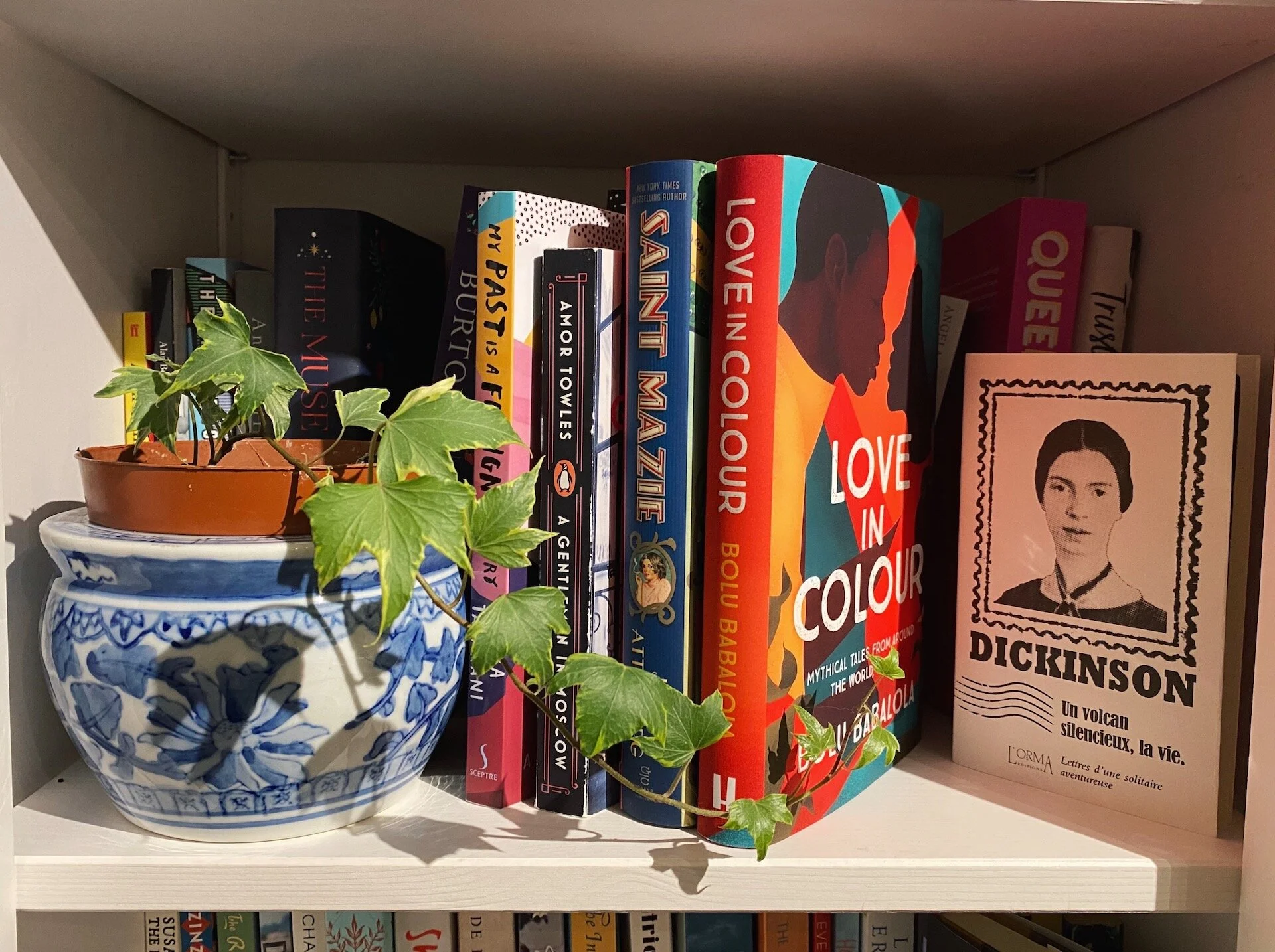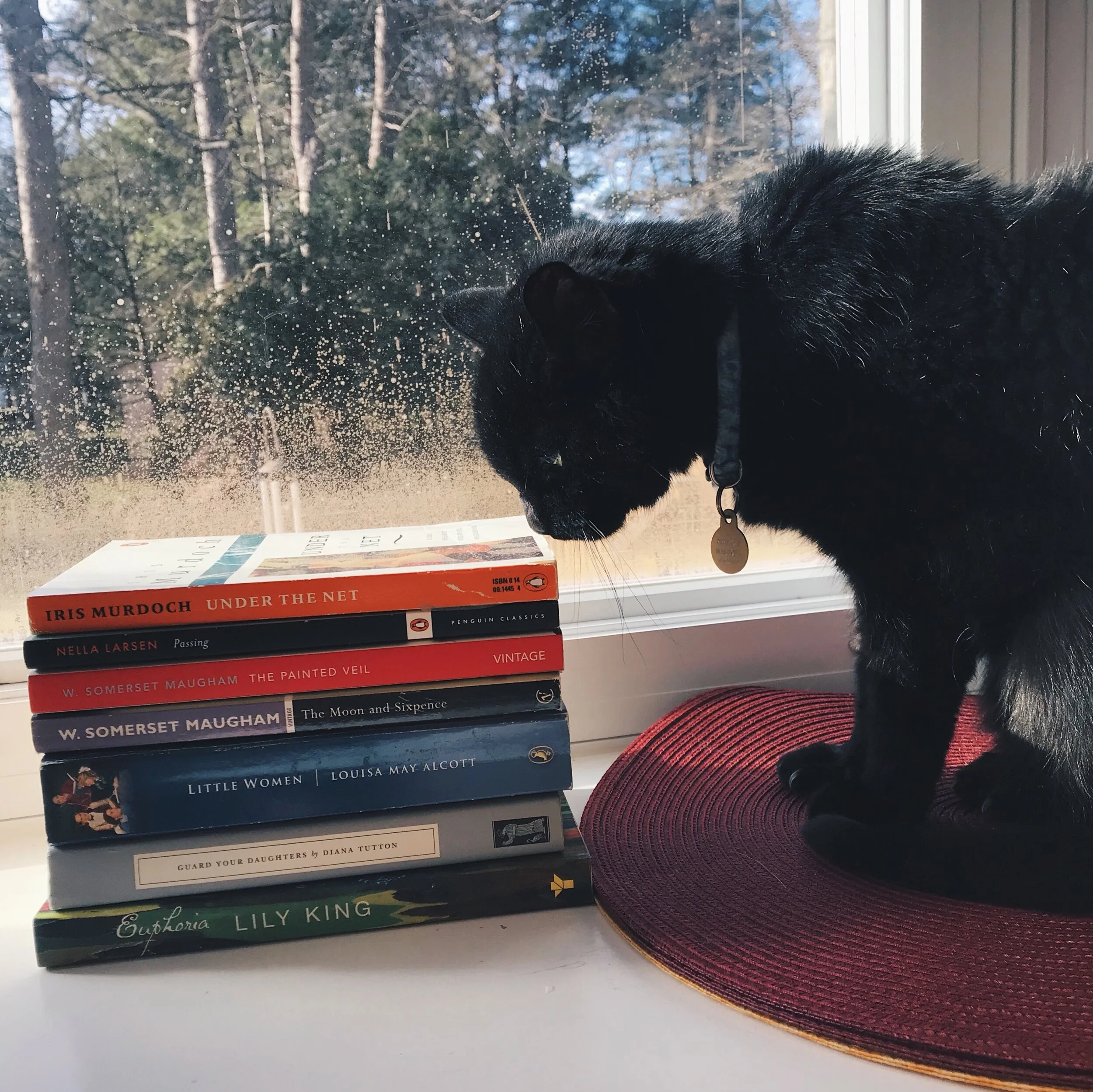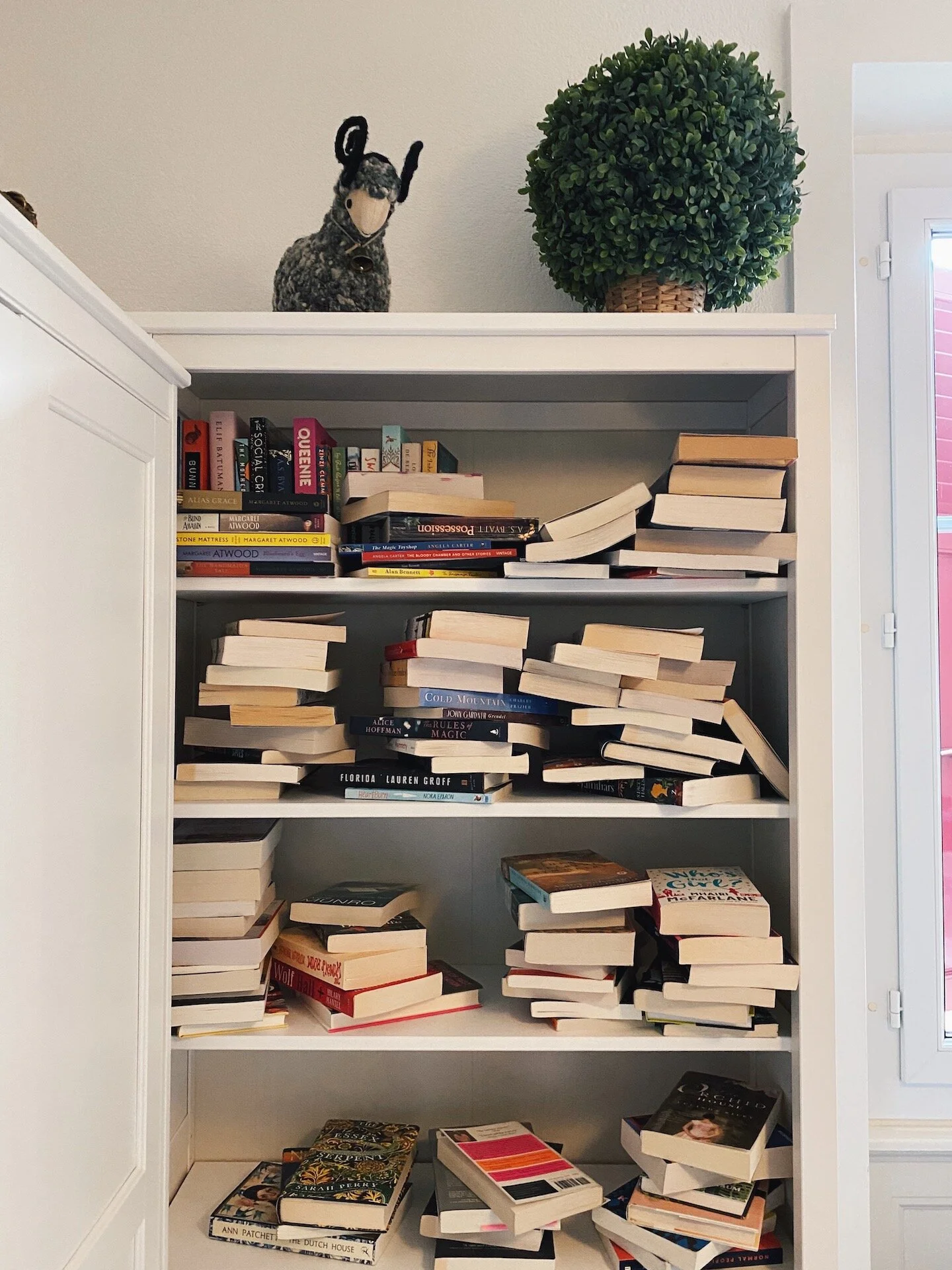The Magical Language of Others is a Masterclass in Understanding
Photo by Raquel Reyes.
In the final pages of The Magical Language of Others, E.J. Koh’s debut memoir out now from Tin House, the poet recalls a gathering at her mother’s home, in which a guest asks repeatedly, “What is your daughter’s work?” Mysterious and engulfing, her mother replies “You wouldn’t understand [...] My daughter teaches people how to let go.”
As a memoir written by a poet, there is no shortage of lyricism here, no lack of parallels throughout stories told and memories recalled at the exact right time, or even too many words. What sets The Magical Language of Others apart is not that it tries to find closure in the way memoirs do, through something resembling a happy ending, but that it finds its finality in its beginning. In building a career from the concept of “letting go,” Koh has not only reckoned with the abandonment she was raised through, but the intergenerational trauma of all that left, or were left before her. If we are, as she states in her memoir, the result of every generation that came before us, then the pain we carry is never only our own, and the attempt to let it go is merely a sacrifice made in the hopes of relieving an entire history. This is the language of immigrant children, the language of women, the language of mothers.
“Koh shares a coming of age that could very well be any of our own, and does so with a poetic prose that feels just as visceral, just as tender and alive as our own memories.”
The Magical Language of Others tells the story of E.J. Koh’s childhood, being born and raised in California, and then being left behind as her parents chose lucrative work and an affluent living in South Korea. The question of Koh and her brother joining their parents is nonexistent. (Any child of immigrants could tell you it is easier to keep children where they might prosper than risk their suffering in another land.) While she and her older brother struggle to build a life without parents, her mother writes in their shared Korean tongue, relying on elementary words and a handful of her own English translations throughout. The letters don’t offer much in the way of lengthy details or history, but read as any other conversation with one’s mother might; with daily quips, neighborhood gossip, and regards from family abroad. The history and its consequences come from Koh herself, chapters built between each letter jumping in time from the beginning of the childhood abandonment to the lives of her mother, maternal grandmother, paternal grandmother and great grandmother, and back to Koh’s life as a self-sustaining adult. In studying these histories, Koh plants for the reader the seeds of pain that would later bloom like bruises throughout her life.
“In studying these histories, Koh plants for the reader the seeds of pain that would later bloom like bruises throughout her life.”
The memoir is an intensely living genre. Previously reserved for old men or famous celebrities telling long, illustrious life stories, we have reached a golden age where more and more tell the stunningly simple story of how we are now living, by more and more people closer to our own age. Koh shares a coming of age that could very well be any of our own, and does so with a poetic prose that feels just as visceral, just as tender and alive as our own memories. The paradox created by the child-like language in her mother’s letters offers the same paradox potentially in our own lives — we are all still children to our parents, all still here to be presented proudly to friends or scolded for our own petty failures, to right the wrongs of their own upbringings and redeem their youthful mistakes. When not discussing her own history, Koh visits that of her ancestors, through war, migration, marriage, and sacrifice. Each woman has left life behind so that their progeny might prosper, only to be followed by pain. With every beginning and ending of a life, Koh proves that this pain is circular, and inherited. Recalling the heartbreaks, clinical depressions, eating disorders and suicide attempts of the mothers in her life, Koh shares her own struggles with each throughout the years apart from her parents. Where others succumbed or faced unwanted intervention, Koh fought for herself and sought a way out.
At the end of each letter, Koh’s mother consistently shares affirmations for her daughter, begging her to live well, eat her dinner, and be happy. While never explicitly stated in letters, the burden of her parents’ choice is revisited consistently, in arguments and over phone calls, with tales of their own struggles in a foreign land. (Another sacrifice — who are we to suffer when our parents have suffered for us already?) Koh’s mother wants her to be content in spite of her longing, and her father wants her to find respectable work as he did, despite the rupture it caused in his family. But what are their choices if not attempts to give their offspring the happiness they went without? Perhaps if fathers have children to forge a legacy, mothers have children to be less alone in the world. What they may not realize is that just as much as we inherit their love, we run the risk of inheriting their loneliness. One last traumatic result of generational sacrifice are the expectations every child carries. To make them proud, to live a full life, to make better choices. There is isolation in expectation, and Koh knows that well.
“How to let go.”
Recalling the care of her paternal grandmother, Koh states: “She never asked me to speak but to understand, rather than endure to forgive, and never to sacrifice, only to let go.” Reunited with her parents as they make their way back to the States, each party has one final reckoning to endure. The daughter, in confronting the demons created by her abandonment, and the mother, in confronting that the daughter she abandoned years ago has grown without her. There is no time-traveling cure for trauma, no going back and undoing what has been done. Epigenetic research has only scratched the surface of how it might slowly be replaced in our memory. Surrounded by the advice of professors, mentors, and ancestors, Koh learns to channel it instead, through poetry and translation, and begins to understand the world around her. Willingly or not, she endures.
“How to let go.” Translating her mother’s words as an adult, she learns to speak for herself; she accepts the life she has built and the lives that have left her. When Koh finally lets go, we believe her.
E.J. Koh's The Magical Language of Others is available now from Tin House Books. If you would like to support The Attic on Eighth and independent booksellers, you can purchase through our affiliates IndieBound or Wordery.
This post is not sponsored and all opinions are my own, however I was generously gifted a copy. Thank you once again to Tin House!
Raquel Reyes is Creative Director at The Attic on Eighth. She enjoys styling photo shoots, dramatic hair accessories, and old fashioned cocktails.













Reading Naoise Dolan’s Exciting Times and Katie Kitamura’s Intimacies, Rachel Tay explores the unease of moving away from one’s own country and language.